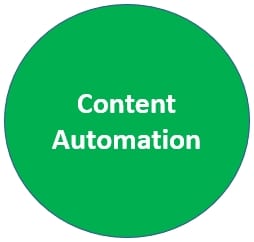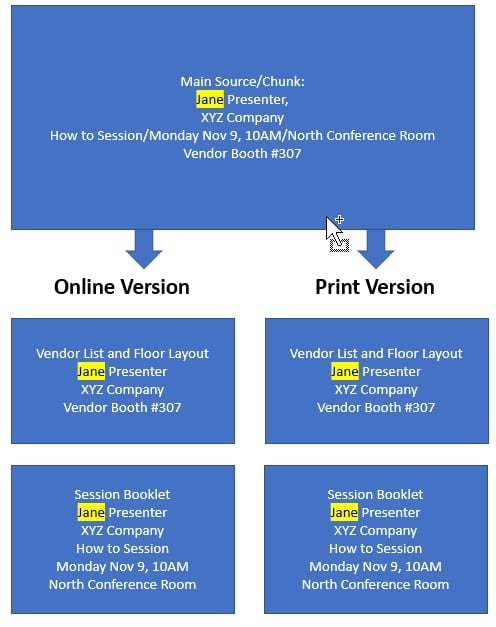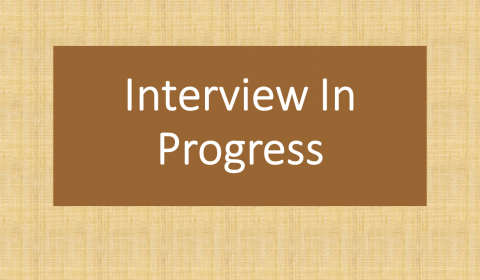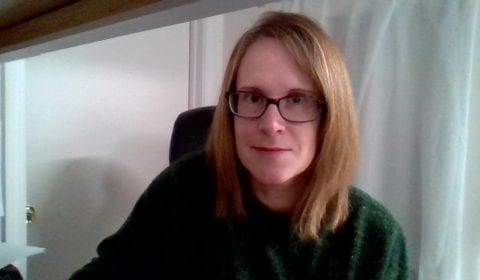What are chatbots? How do they work? Can I build one myself? These may be questions you are asking.
What are Chatbots?
Chatbots are programs that respond to messages they receive through voice commands or texts or both. Chatbots are designed to simulate how humans behave as conversational partners. The chatbot is a virtual conversation in which one participant is a computer or robot. Chatbots can be designed for phone text, social media platforms, websites, and for computer applications. Synonyms for chatbot include: smartbot, talk to, interactive agent, virtual assistant, or conversation bot.
Chatbots pass the Turing test developed by Alan Turing in his 1950 paper, Computing Machinery and Intelligence. This tests a machine’s ability to display intelligent behavior equal to humans or not different than humans.
Still puzzled on what they are? Some mainstream examples of chatbots are:
- Virtual Assistants: Apple’s Siri, Amazon’s Alexa and Google Assistant
- Messaging Aps: Facebook Messenger and WeChat messaging aps
What are chatbots, how do they work
Chatbots work much the same as a human at a help desk. For example, the customer opens the chat and asks for assistance, the chatbot responds rather than a human. You could ask the chatbot ‘what are the store hours tomorrow’ and the chatbot will respond with the information available. The response can be delivered as text or an audible reply.
Behind what the customer sees is the programming which controls how the chatbot works. They can be designed to answer questions based on structured questions and answers or they can use Artificial Intelligence to adapt their responses to fit the context of the message.
Why they are the future
In his article Five Reasons Why Chatbots Are the Future, Nicholas Edwards lists the following reasons why chatbots are the future:
- They are the new apps – chatbots simplify processes such as banking transactions and travel reservations by acting as our digital helpers.
- They use natural language – interacting using our own natural language via speech or text using technology we are already comfortable with.
- They are scalable – chatbots can handle ever-increasing numbers of quests; no need to add more chatbots.
- They learn and improve – chatbots powered by Artificial Intelligence use the information they receive to automatically improve their performance. This is done without additional programming.
- They are the perfect Business Solution – chatbots have are able to guide users through processes and improve the flow of information, this makes them an ideal business solution.
Watson Assistant is a platform to build chatbots:
What does it mean for the Communicator and technical writer
Chatbots are the new technology, communicators and technical writers must understand new technologies to keep themselves current in their career; avoiding a skills gap. Each new technology may not fit each organization’s need. It is up to communicators to evaluate the technology and apply it as a possible solution to an organization need.
If a chatbot is viable for your organization you need to perform a content audit or content inventory to be sure the right data to fuel the chatbot exists. A good way to evaluate content is to answer the following questions:
- How is the information used?
- What is the purpose of the information?
- Why should someone read the information?
What communicators need to concentrate on is the necessary changes to existing content so that it is can be published as the repository of information for a chatbot. The content should be solving a problem posed by a user, the chatbot provides the answer. Communicators must take an active role in information architecture, we are the ones tailored to provide the content chatbots use.
Chatbots are the way-finders for content. Communicators and technical writers are subject matter experts on content. Content is still king.
See Also: Consumersadvocate.org: 10 Best Chatbots of 2019














